Friends, allies and enemies
How the West has abandoned old friends and embraced one-time enemies since the end of the Cold War.

Want to read spiked ad-free? Become a spiked supporter.
The Northern Alliance’s entry into Kabul represents a 180-degree turnaround in the internecine conflicts in Afghanistan.
Many in the defeated Taliban are drawn from the militias recruited by the USA to fight against the Soviet-backed regime in the 1980s. The Northern Alliance itself is the rump of the Mujahideen, though some of its leaders, like General Dostum, were on the defeated Soviet side. But this time it is they who are backed by the US and European superpowers.
Throughout the Cold War, the USA trained, armed and commanded locally recruited militias and sponsored authoritarian regimes across the world, as a way of suppressing popular liberation movements. But with the decline in radical opposition since the end of the Cold War in the late 1980s, such police states and local militias proved surplus to Western requirements. Now, it is increasingly the remnants of these Cold War proxy armies that have become the targets of Western militarism.
Many of today’s demonised third world leaders were previously supported by the West – like General Manuel Noriega in Panama and Saddam Hussein in Iraq. Al-Qaeda leader Osama bin Laden was one of thousands of Gulf Arabs recruited to fight in CIA-trained Mujahideen militias against the Russians in Afghanistan.
Present-day Western allies are more likely to be found among the defeated leftovers of the once-radical national liberation movements. Guatemalan communist Rigoberta Menchu, Sinn Fein leader Gerry Adams, Haitian leftist Jean-Bertrand Aristide have all been recruited to front Western-brokered diplomatic agreements.
Among a younger generation of Western leaders, many of whom have their own left-wing pasts – like German foreign minister Joseph Fischer and French premier Lionel Jospin – there are few hang-ups about relating to these one-time enemies of the West, who were probably more like boyhood heroes.
There is a superficial appearance of a swing to the left in US foreign policy, as issues like women’s rights and humanitarian aid move higher up the agenda. Critics of Western militarism are uncomfortable about being seen to support out-and-out reactionaries like bin Laden. But US foreign policy before the Russian revolution was oriented by a support for the left against the right internationally (see Gabriel Kolko, Main Currents in American History, 1976) – which never prevented it from imposing its own interests on the world in the name of progress.
The West betrays its Cold War allies
- February 1986
Rigged elections in the Philippines fail to save President Marcos from ‘People’s Power’.
Jean Claude ‘Baby Doc’ Duvalier leaves Haiti.
US troops invade Panama to depose General Noriega.
UN Security resolution condemns Iraq’s invasion of Kuwait.
General Ershad forced to resign in Bangladesh.
Whites-only referendum grants one-person one vote in South Africa.
President Zia ul-Haq persuaded to stand down.
The Taliban, former anti-Soviet militia, takes Kabul, provoking Western condemnation.
Israeli prime minister Binyamin Netanyahu takes power, provoking open hostility with the USA.
UN resolution authorises intervention in Zaire (Mobutu flees 15 May 1997).
General Pinochet persuaded to relinquish command of the Chilean military, before being arrested for war crimes in Britain in 1999.
President Suharto of Indonesia forced out of office, while the United Nations sponsors separatist revolts in East Timor and Irian Jaya.
May 2000
South Lebanese Army disintegrates following imposition of a deadline for Israeli withdrawal.
British troops redeployed in Northern Ireland to quell loyalist militias.
James Heartfield is the author of The ‘Death of the Subject’ Explained, Perpetuity Press, 2002 (buy this book from Amazon (UK)); and Great Expectations: The Creative Industries in the New Economy, Design Agenda, 2000 (buy this book from Amazon (UK)). He is also coauthor of Sustaining Architecture in the Anti-Machine Age, Wiley-Academy, 2002 (buy this book from Amazon (UK) or Amazon (USA)). See his website
Read on:
Our boys in Kabul, by Josie Appleton
spiked-issue: After 11 September
Read more:
Yossef Bodansky, Bin Laden: The Man Who declared War on America, 2001
Bruce Jentleson, With Friends Like These: Reagan, Bush and Saddam, 1982-1990, 1994
Boutros Boutros-Ghali, Unvanquished: A US-UN Saga, 1999
Gabriel Kolko, Main Currents in American History, 1976
‘With Friends Like Us…’ Andrew Roberts, Spectator, 27 October 2001
Celebrate 25 years of spiked!
A media ecosystem dominated by a handful of billionaire owners, bad actors spreading disinformation online and the rich and powerful trying to stop us publishing stories. But we have you on our side. help to fund our journalism and those who choose All-access digital enjoy exclusive extras:
- Unlimited articles in our app and ad-free reading on all devices
- Exclusive newsletter and far fewer asks for support
- Full access to the Guardian Feast app
If you can, please support us on a monthly basis and make a big impact in support of open, independent journalism. Thank you.
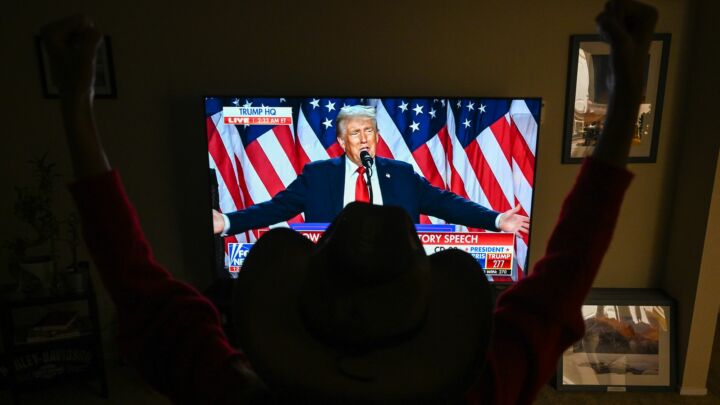
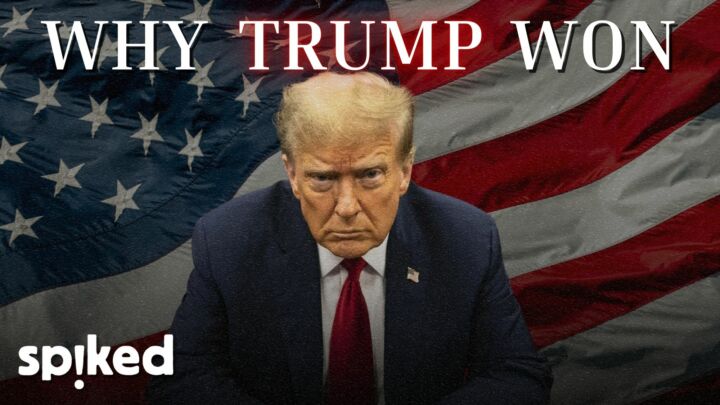
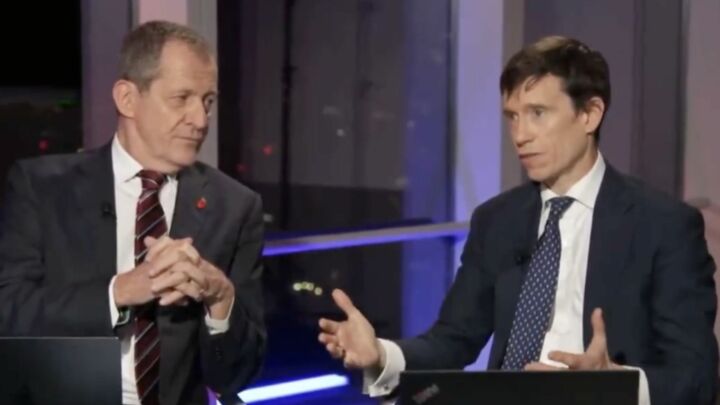
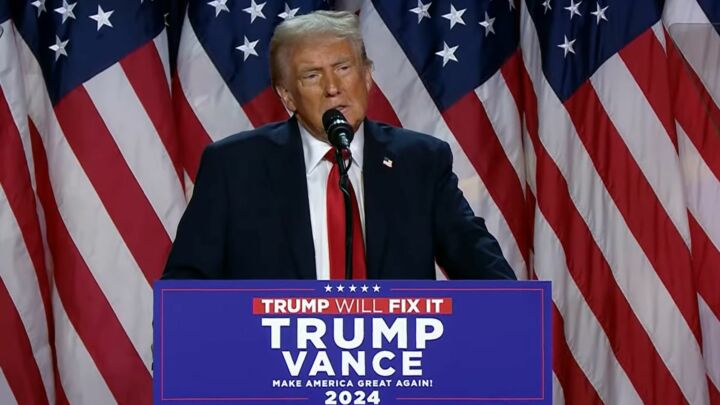
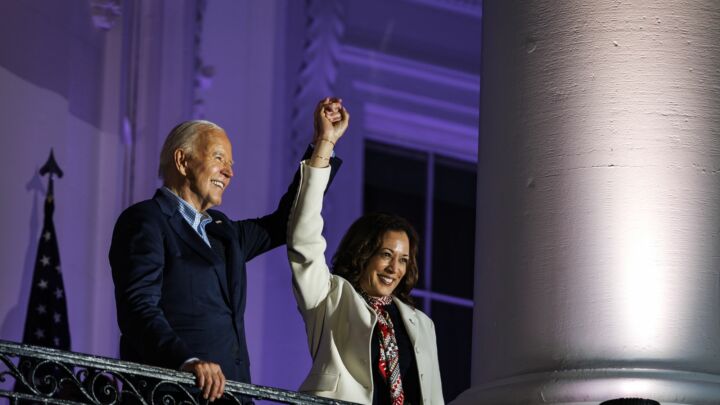
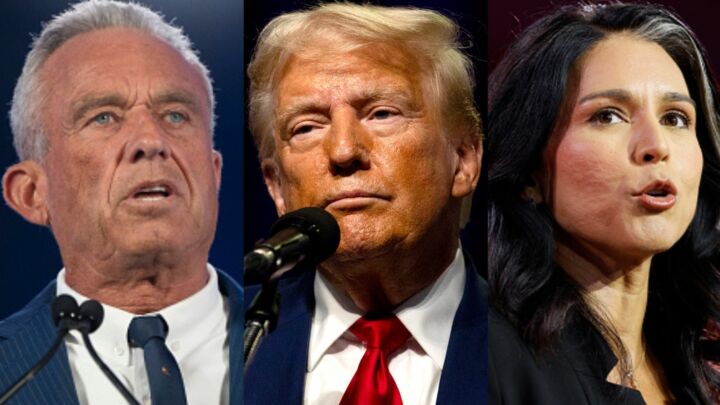
Comments
Want to join the conversation?
Only spiked supporters and patrons, who donate regularly to us, can comment on our articles.